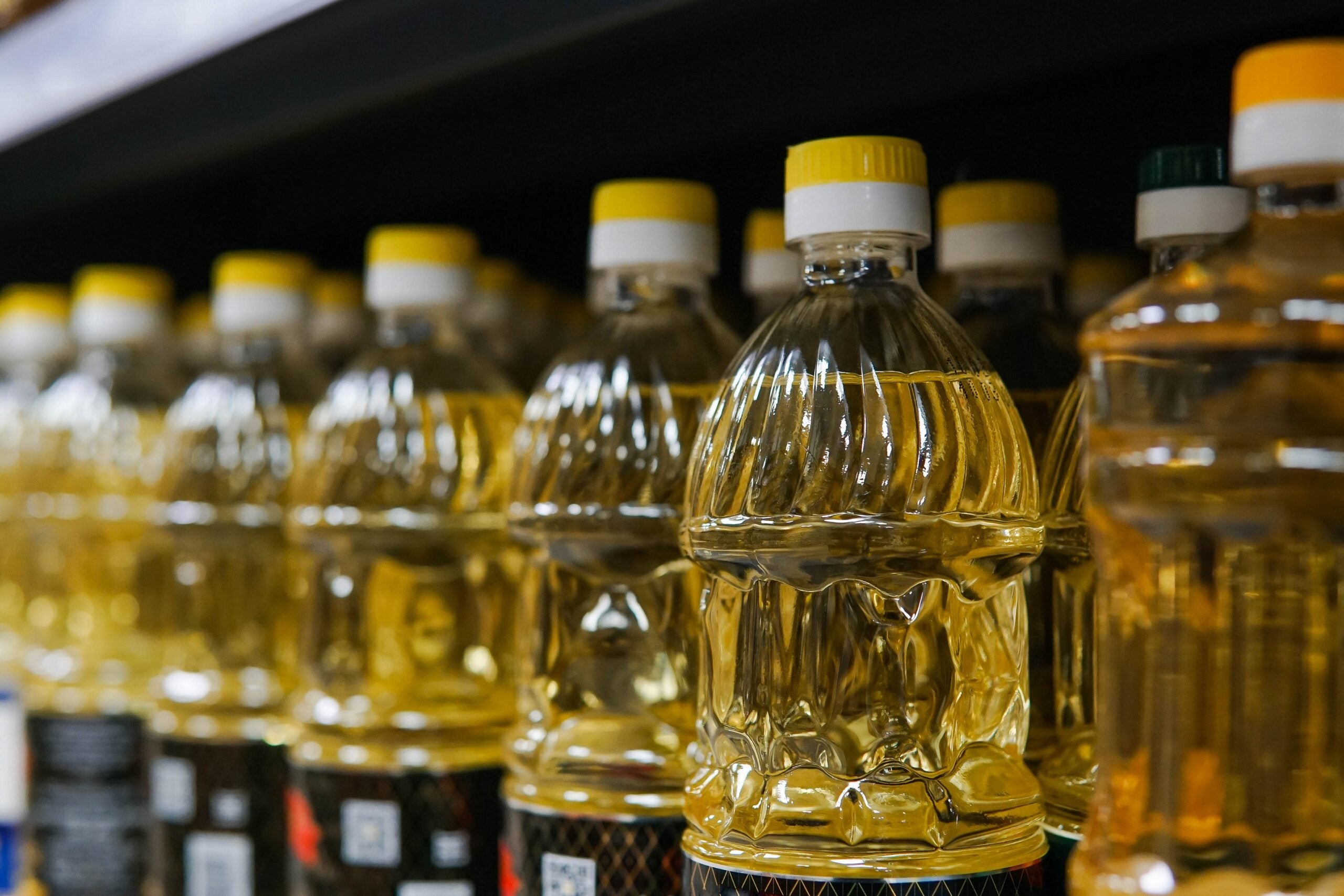
World food commodity prices “eased” in April, according to the UN’s index of a basket of key crops.
The FAO Food Price Index averaged 158.5 points in April, down 0.8 percent from March’s all-time high.

Discover B2B Marketing That Performs
Combine business intelligence and editorial excellence to reach engaged professionals across 36 leading media platforms.
Behind the slight decline lay a drop in the Food and Agriculture Organization’s index of vegetable-oil prices and a dip in its cereal index.
Nevertheless, the FAO said its overall Food Price Index, which tracks monthly changes in the international prices of a basket of commonly-traded food commodities, remained 29.8% higher in April than in the same month last year.
“The small decrease in the index is a welcome relief, particularly for low-income food-deficit countries, but still food prices remain close to their recent highs, reflecting persistent market tightness and posing a challenge to global food security for the most vulnerable,” FAO Chief Economist Máximo Torero Cullen said.
There was a 5.7% fall in the FAO’s Vegetable Oil Price Index in April. The FAO said the decrease meant vegetable oil prices had shedded almost a third of the increase registered in March. It pointed to “demand rationing” pushing down prices for palm, sunflower and soy oils.

US Tariffs are shifting - will you react or anticipate?
Don’t let policy changes catch you off guard. Stay proactive with real-time data and expert analysis.
By GlobalDataThat said, the organisation said uncertainty about shipments from Indonesia, the world’s leading palm oil exporter, limited any further declines in international prices. Last week, Indonesia announced a ban on palm-oil exports.
Elsewhere, the FAO’s Cereal Price Index fell by 0.7 points in April, amid a 3% decline in world maize prices.
The FAO said wheat prices inched up 0.2% as larger shipments from India and higher-than-expected exports from Russia “tempered” the impact of blockages at ports in Ukraine and crop conditions in the US.
The organisation’s Meat Price Index increased 2.2% from March, hitting a new high, as prices rose for poultry, big and bovine meat. Poultry meat prices were affected by disruptions to exports from Ukraine and avian influenza outbreaks in the Northern hemisphere.
Sugar prices were up 3.3%, buoyed by higher ethanol prices and concerns over the slow start of the 2022 harvest in Brazil, the world’s largest sugar exporter, the FAO said.
Its Dairy Price Index inched up 0.9%, amid tightness in supply as milk output in western Europe and Oceania “continued to track below their seasonal levels”.





